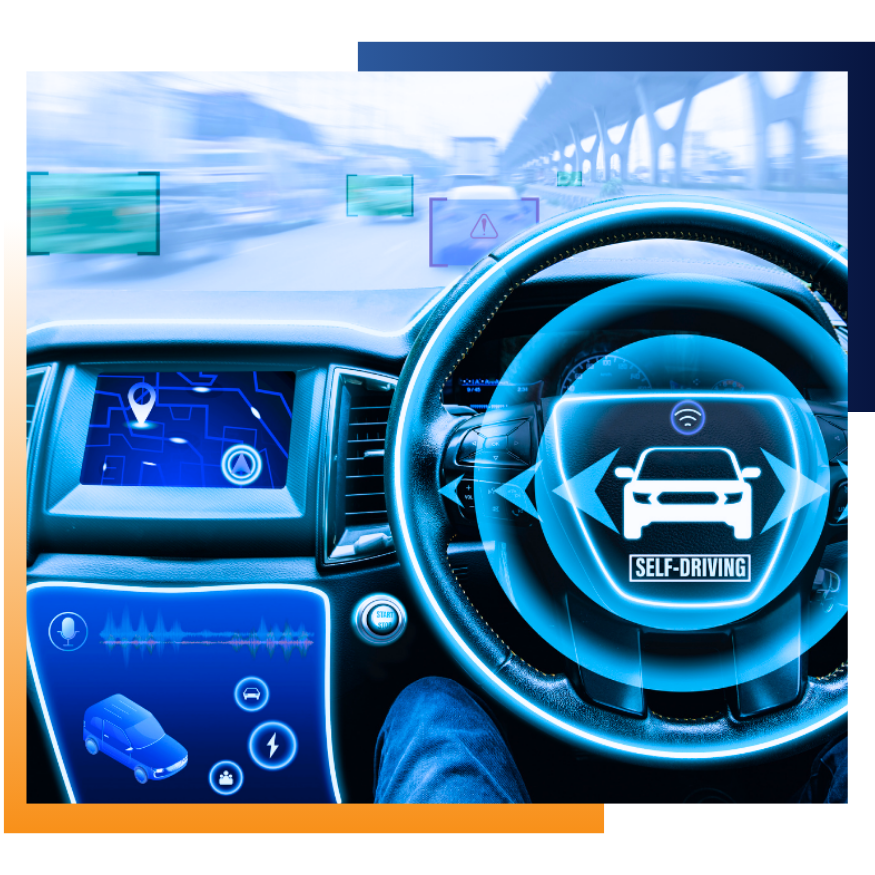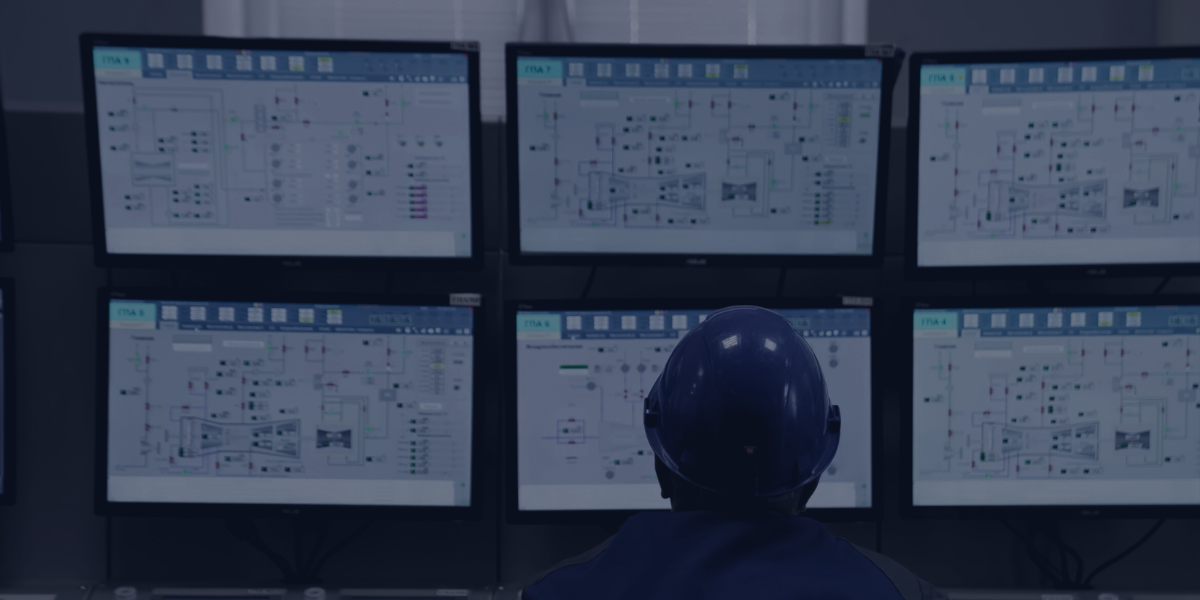Defending Advanced Driver Assistance Systems (ADAS)
Industry: Automotive
Advanced Driver Assistance Systems (ADAS) enhance safety using sensors, cameras, radar, and complex software. Examples of ADAS include lane keeping assist, which centers the vehicle in its lane; traffic jam assist, which manages speed and steering in slow traffic; and automated emergency braking, which prevents collisions. Specific safety features such as Forward Collision Warning with Autobrake have reduced front-to-rear collisions by 50% and injuries by 56%.
Challenge
Advanced Driver Assistance Systems that are written in languages like C or C++ are at risk of memory safety vulnerabilities like buffer overflows, dangling pointers, and potential exploitation and software crashes due to improper memory handling. Memory safety vulnerabilities in an automotive software pose a significant safety risk because a successful attack could alter sensor data or decision-making algorithms, endangering the vehicle’s safety. For example, memory corruption in sensors could result in incorrect object detection, leading to collisions or other dangerous situations.
“From our perspective, adding RunSafe means we have more opportunity to shrink the attack surface and reduce overall risks for our customers since security is now already built into our product.”
Key Features:
Protect Vehicle Safety and Security
Comply with Automotive Regulations
Enable New Automotive Technologies

Solution
RunSafe offers a memory-based cybersecurity solution designed to keep ADAS safe and secure against known and unknown vulnerabilities.
Key features of RunSafe’s solution include:
- Protect Vehicle Safety and Security
Fortify critical systems like braking and steering against cyber attacks. Millions of lines of code create a large attack surface. RunSafe provides automated cybersecurity protection from source to runtime, reducing vulnerabilities and enhancing vehicle safety.
- Comply with Automotive Regulations
Accelerate compliance with increasing regulatory requirements. RunSafe’s cybersecurity measures are easily integrated and support existing automotive safety standards (such as ISO/SAE 21434 and ISO 26262), improving compliance and enhancing the overall safety of vehicle systems.
- Enable New Automotive Technologies
Strong cybersecurity measures are essential for implementing emerging automotive technologies at scale. RunSafe’s solution continuously monitors automotive embedded software systems for potential threats, identifying and mitigating risks before they can impact vehicle safety and operation.

Examples
Enhancing vehicle safety: RunSafe offers collaboration with automotive companies to ensure the safety of autonomous vehicles. By implementing cybersecurity measures that comply with ISO 26262 standards, RunSafe can help protect autonomous systems from cyber threats, ensuring their safe operation.
Securing telematics and communication systems: RunSafe stands ready to partner with automotive manufacturers to secure telematics and communication networks within connected vehicles. By implementing RunSafe’s advanced cybersecurity solutions, automotive manufacturers can protect against potential cyber threats, ensuring the safe and efficient operation of their fleets.
Latest Resources
The Top 6 Risks of AI-Generated Code in Embedded Systems
AI is now woven into the everyday workflows of embedded engineers. It writes code, generates tests, reviews logs, and scans for vulnerabilities. But the same tools that speed up development are introducing new risks—many of which can compromise the stability of...
Beyond the Battlefield: How Generative AI Is Transforming Defense Readiness
When people picture AI in defense, they usually imagine automated drones, robotic soldiers, or high-stakes scenarios at the edge of conflict. But generative AI’s biggest impact today isn’t on the front lines at all but in the workflows, decisions, and systems behind...
Meeting ICS Cybersecurity Standards With RunSafe
Meeting ICS cybersecurity standards, such as IEC 62443 and NIST 800-82, requires more than just documenting policies or checking boxes. Industrial control systems rely on complex, layered software stacks—much of it legacy, third-party, or built with older...


